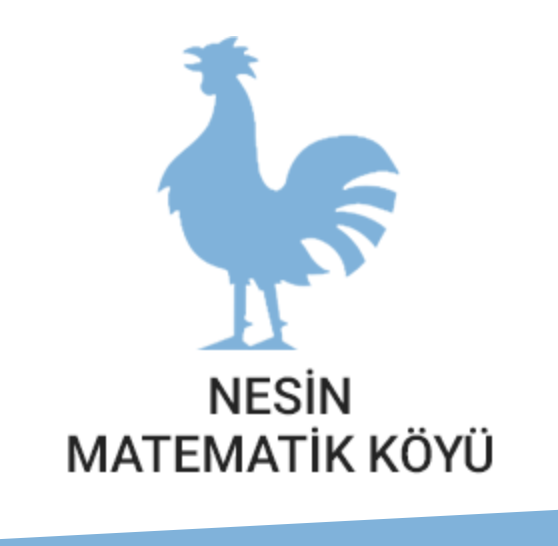13-19 Ocak 2020
Title of the course: Symmetry and Cartan Geometry
Instructor: Associate Professor Dennis The
Institution: UiT The Arctic University of Norway
Dates: 13-18 January 2020
Prerequisites: Basic Differential Geometry, Lie Groups / Lie Algebras. (Some exposure to semisimple structure theory, e.g. roots / weights, Weyl group, etc. would be helpful.)
Level: Graduate
Abstract: In Klein’s Erlangen program, geometries were organized and studied according to their symmetry groups. Cartan geometry provides a vast generalization of Klein’s program and the goal of this lecture series is to motivate and use the notion of a Cartan geometry as a “curved version” of a “flat” homogeneous model. A student of Riemannian geometry is introduced to the curvature of a Riemannian metric, but the Cartan geometric framework provides a means for speaking about the notion of curvature for a much broader class of (finite-type) geometric structures. For example, what is the curvature of a 2nd order ODE, or a generic rank 2 distribution on a 5-manifold, i.e. a (2,3,5)-distribution? Two key algebraic tools will be introduced: Tanaka prolongation and Kostant’s theorem for Lie algebra cohomology. The former is used to identify the maximal symmetry dimension for a class of geometric structures, while the latter is used in particular to arrive at structural information about the fundamental curvature quantities obstructing flatness for so-called parabolic geometries (which include 2nd order ODE, (2,3,5)-geometry, conformal, projective, CR, and many geometries besides). I will conclude with an outline of how these tools were used for a wide class of parabolic geometries to solve their symmetry gap problem: namely, what is the submaximal (next realizable) symmetry dimension below the maximal one? e.g. for 2nd order ODE, max = 8 and submax = 3 (Tresse 1896); for (2,3,5)-distributions, max = 14 and submax = 7 (Cartan 1910).
References:
1. R.W. Sharpe, Differential Geometry: Cartan’s Generalization of Klein’s Erlangen Program, GTM 166, 1997.
2. A. Cap, J. Slovak, Parabolic Geometries I: Background and General Theory, Mathematical Surveys and Monographs, vol. 154.
3. B. Kruglikov, D. The, The gap phenomenon in parabolic geometries, Journal für die reine und angewandte Mathematik, 2017(723), 153–215, DOI: https://doi.org/10.1515/crelle-2014-0072.
Language: EN

